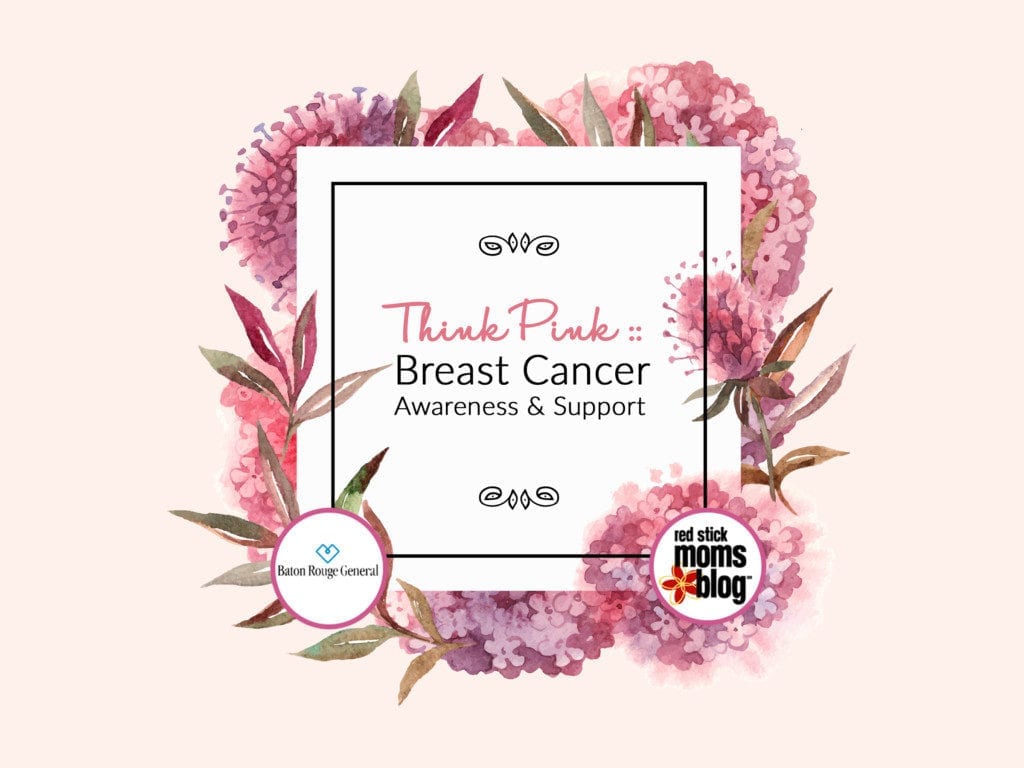Disclosure :: our Breast Cancer Awareness series is sponsored by Baton Rouge General.
Five Updates in Mammography That Women Should Know About
We all know someone who has battled breast cancer — just being a woman puts us at risk. It makes sense, then, to do whatever we can to lower our risk, including self-exams, a healthy lifestyle, and regular visits to our physician.
More than 200,000 women in the U.S. are diagnosed with breast cancer each year, and about 40,000 die from cancer that has spread to other parts of the body. This is why early detection is so crucial.
Mammography continues to be the best screening tool as it allows patients to be treated sooner and gives them a better chance of survival. Baton Rouge General is now offering the latest in diagnostic technology — 3D mammography — but since every woman is unique, it’s best to discuss this option with your physician to ensure that it’s the most appropriate screening tool for you.
What is the difference between 2D and 3D?
2D (two-dimensional) mammograms provide two views of the breast — front and side. During the procedure, the breast is compressed between two plates and the images sometimes show overlapping breast tissue.
3D mammography, also called tomosynthesis, is performed exactly the same as a conventional 2D, but it provides images of the breast in “slices” from many different angles. The resulting 3-dimensional images help locate abnormalities and determine which ones may be relevant to diagnosis.
What are the benefits?
Because of the different angles and improved images, studies show a higher rate of cancer detection (27% to 50%). 3D mammography also decreases the recall rate, or the number of women who need additional mammogram views to confirm their diagnosis (17% to 40%).
Who is a good candidate for 3D mammography?
Women who are at high risk of breast cancer may want to consider 3D mammography. High risk patients include those with a family history of breast or ovarian cancer, or those with a known genetic mutation. Overweight women and those over age 55 are at greater risk as well.
Women with dense breast tissue may also benefit from 3D mammography. Dense breast tissue sometimes results in a “false positive” cancer diagnosis. Because of the greater detail provided, a 3D image lets physicians “read” the image more accurately.
What about cost?
3D mammography may not be covered completely by your insurance provider, so you may be asked to pay an additional fee for the test.
Advances in breast cancer treatment
In spite of advances in breast cancer diagnosis and treatment, nearly a third of women in the U.S. fail to get regular mammograms. Talk with your doctor about when you should start getting regular mammograms.





















I like how you say that 3D mammograms are able to detect cancer better, and you’ll probably need to have fewer views to confirm the diagnosis. It’s time that I get a mammogram because I’m the age that you should start doing that. Hopefully, it won’t show anything, but it’s good to check. I’ll just need to find somewhere to get a 3D mammogram from.